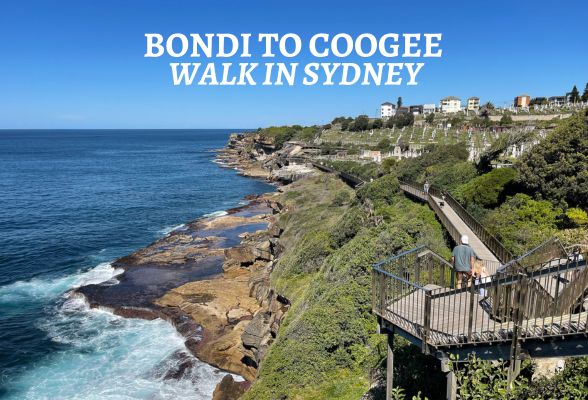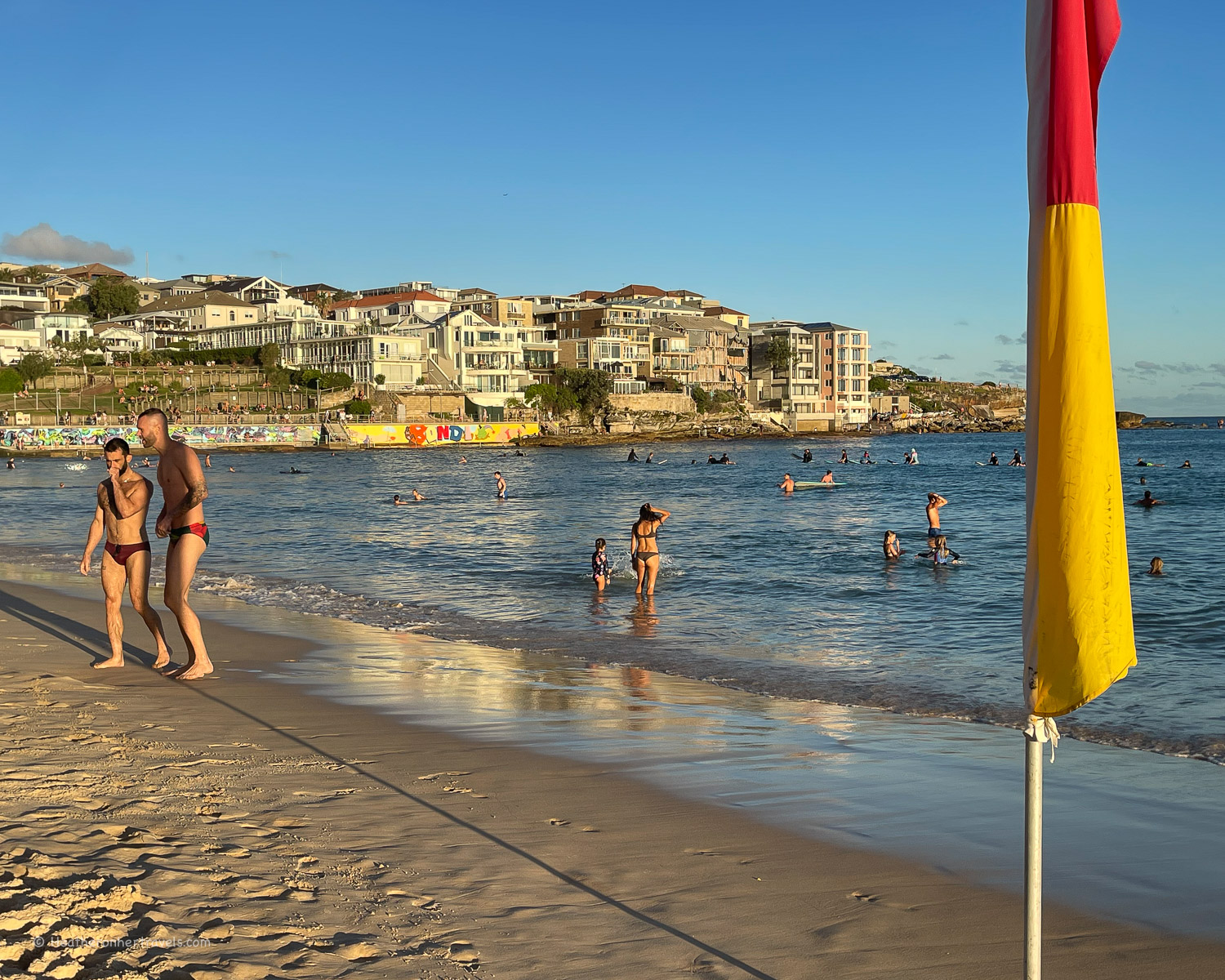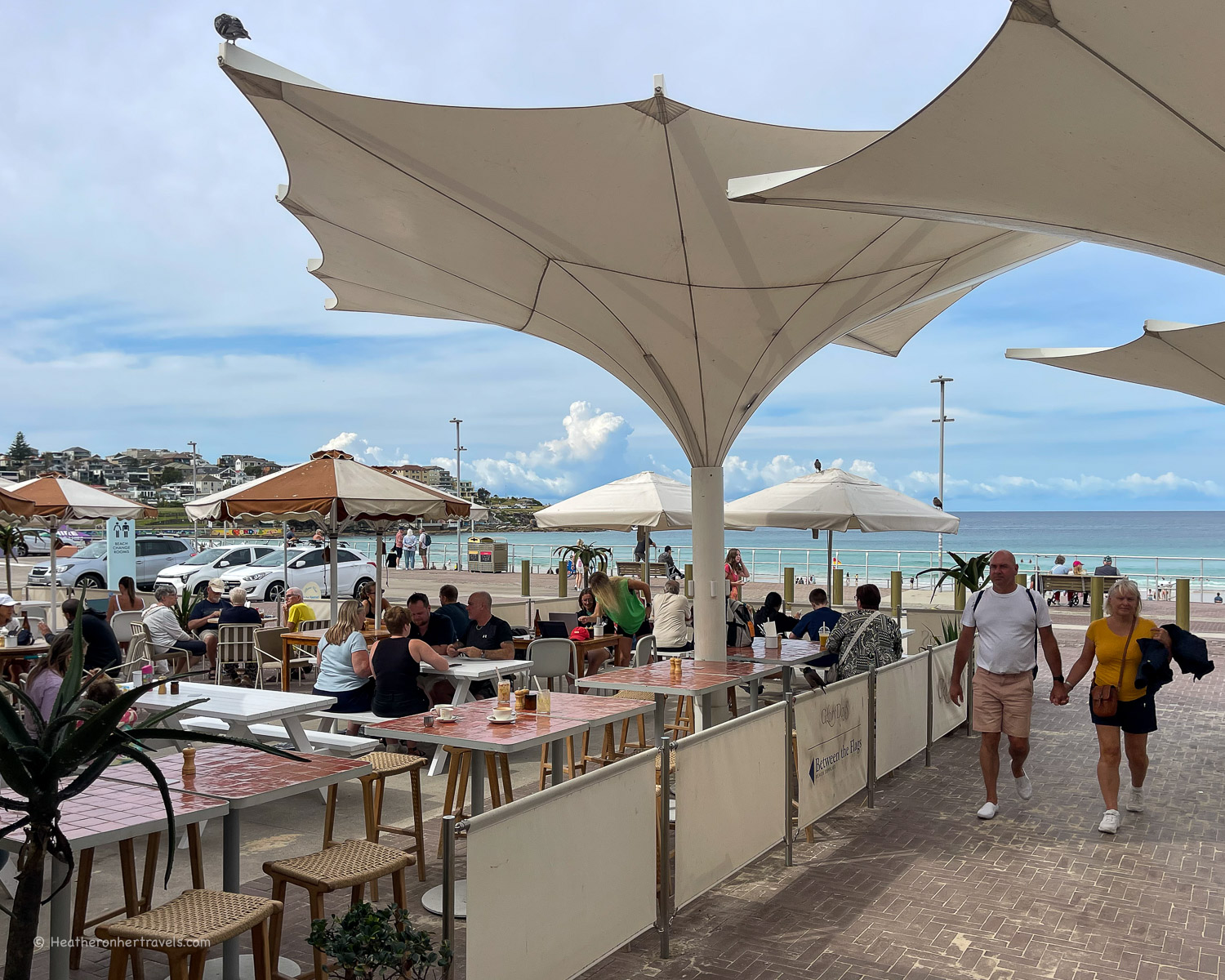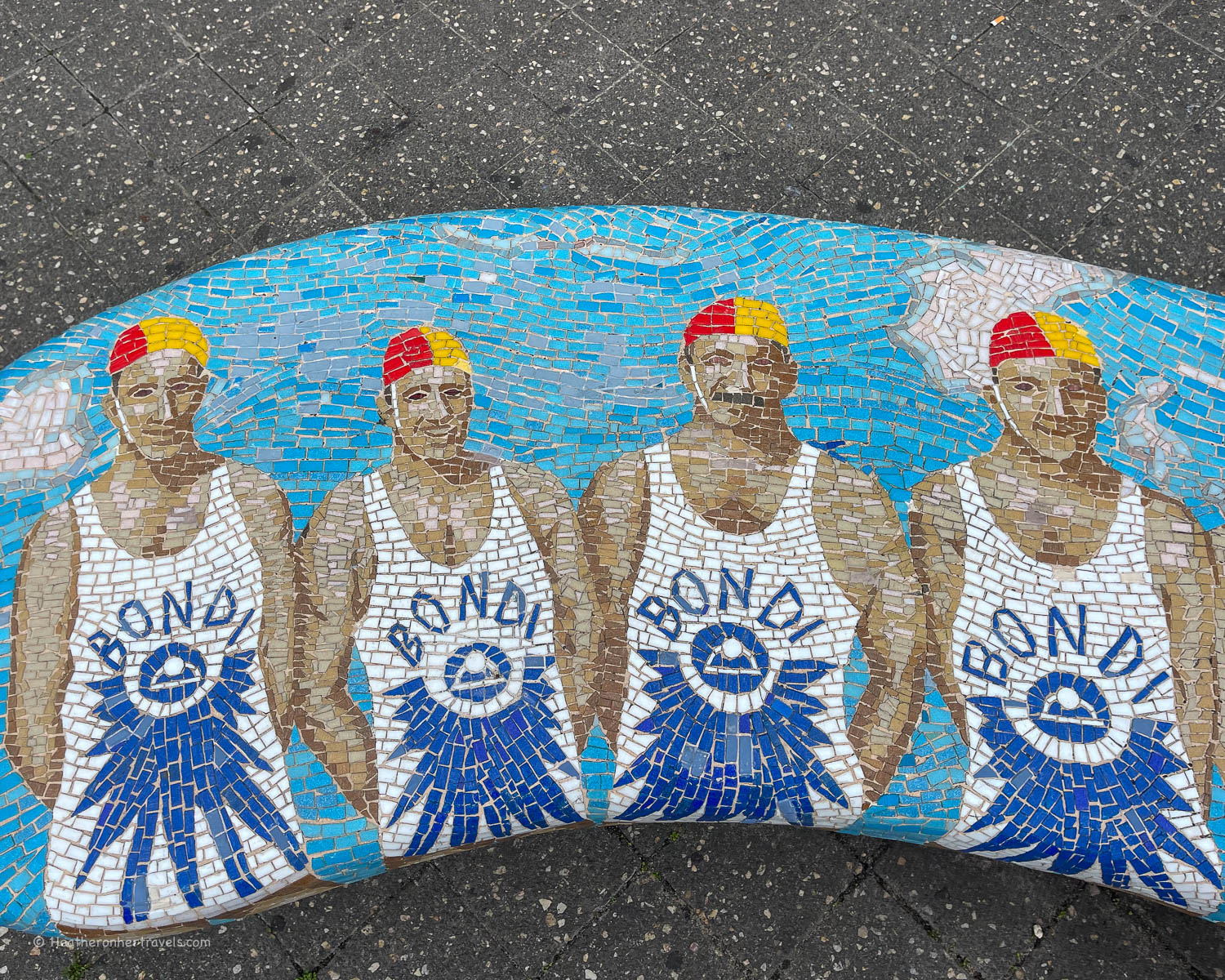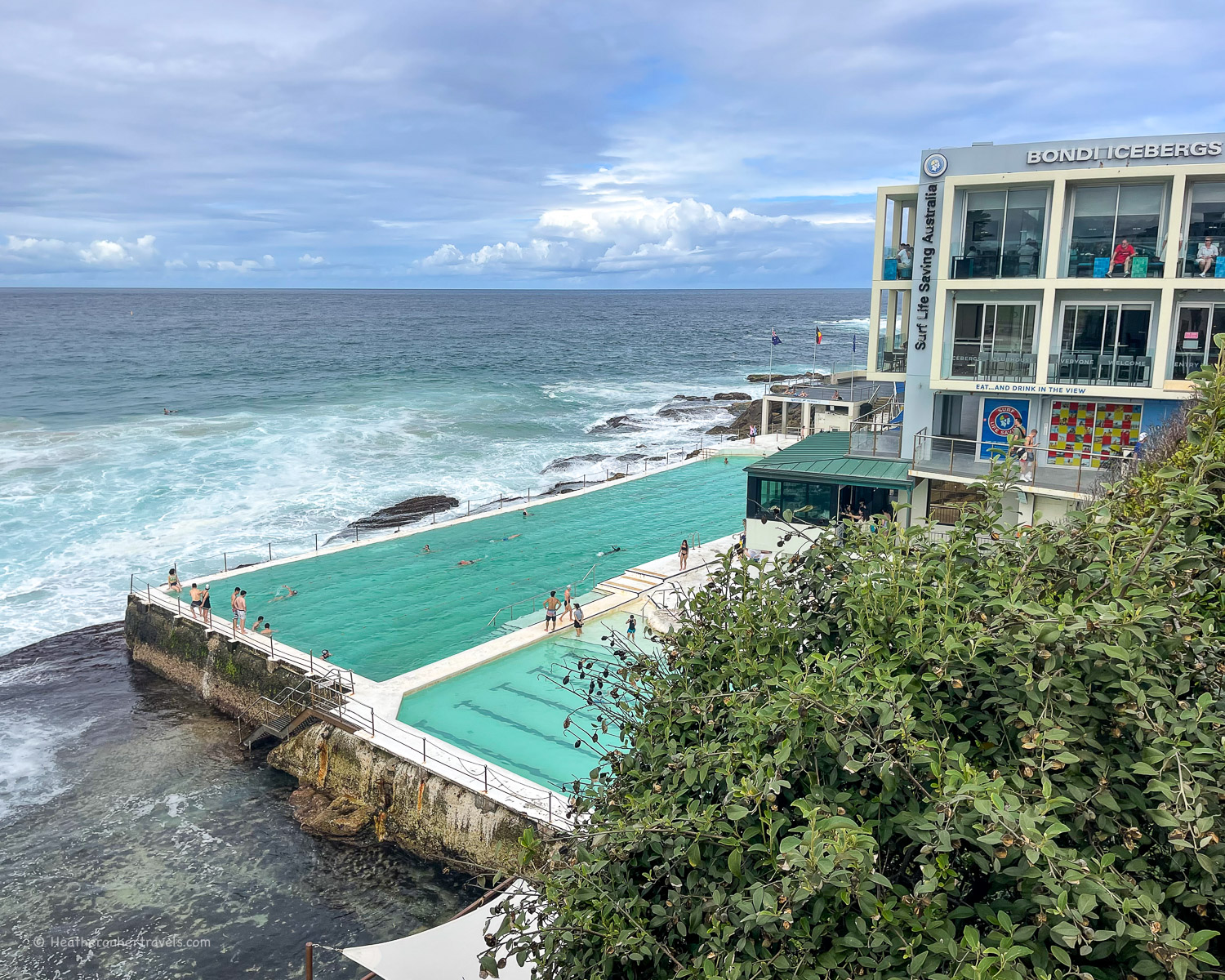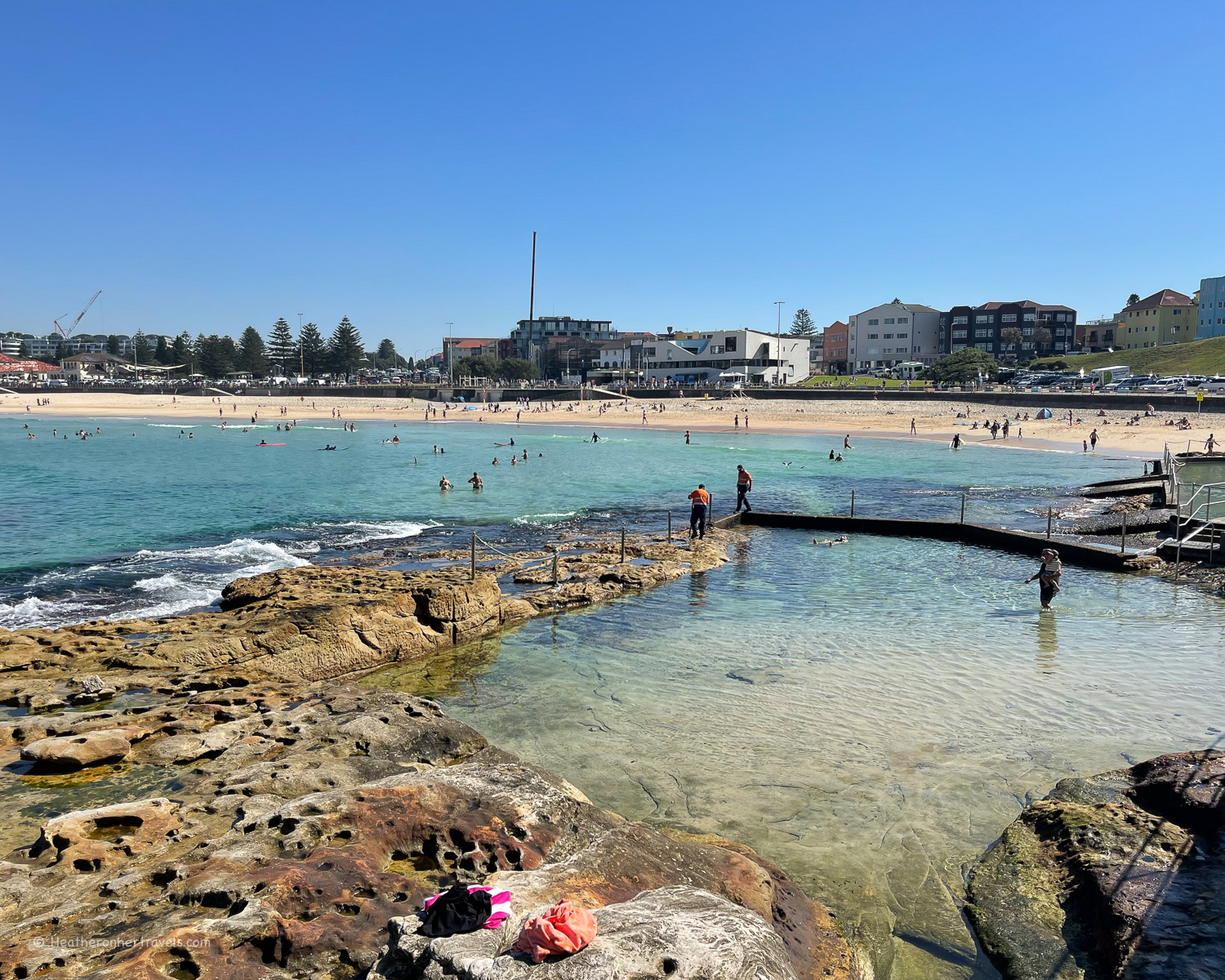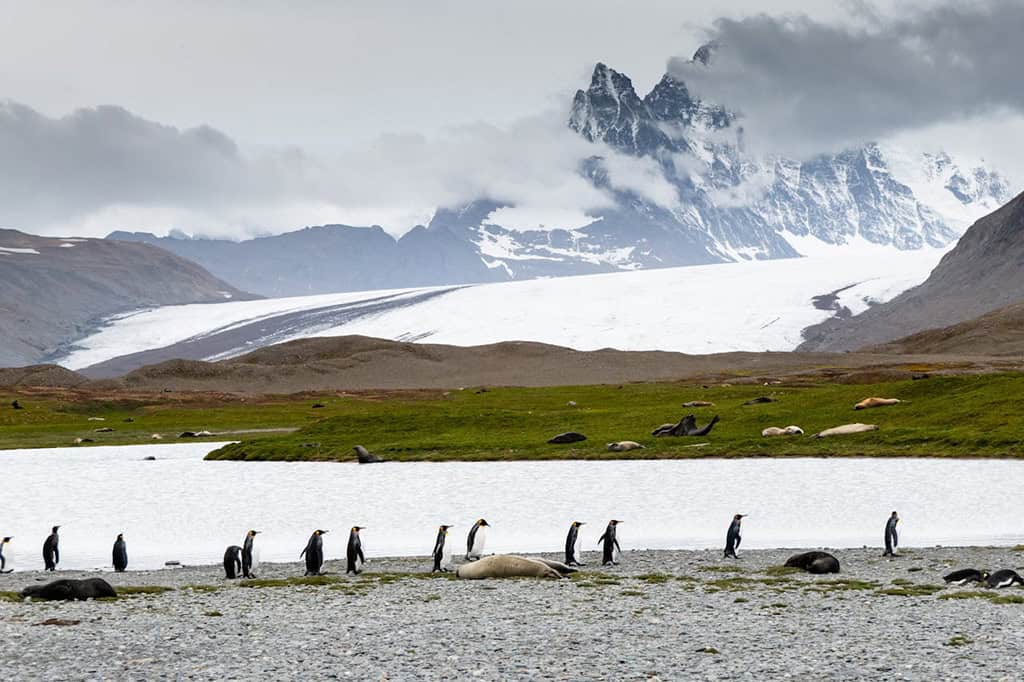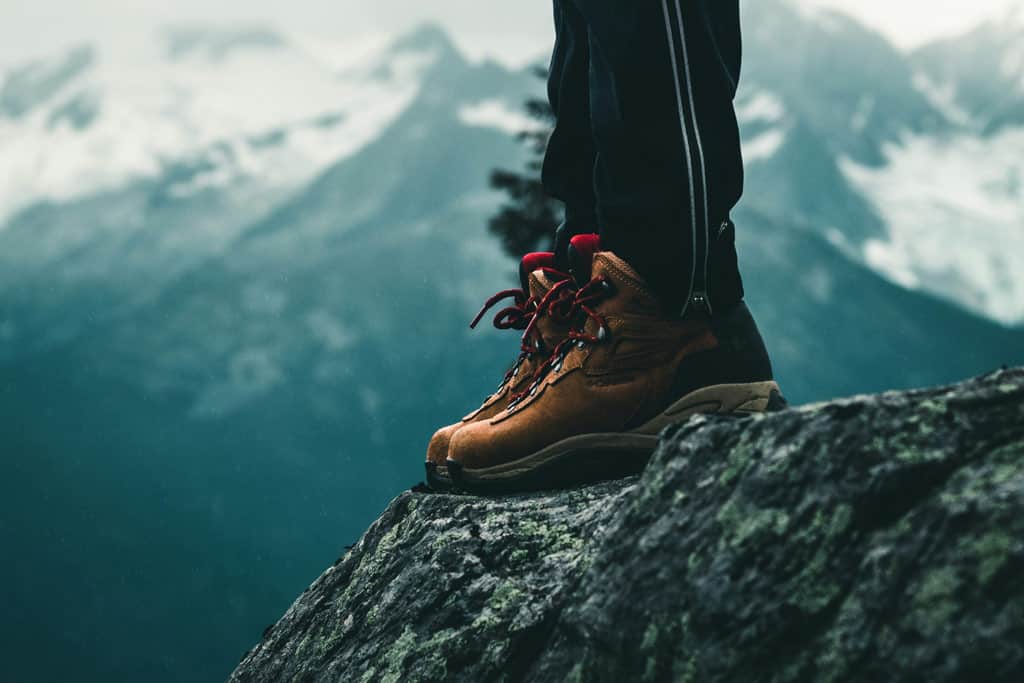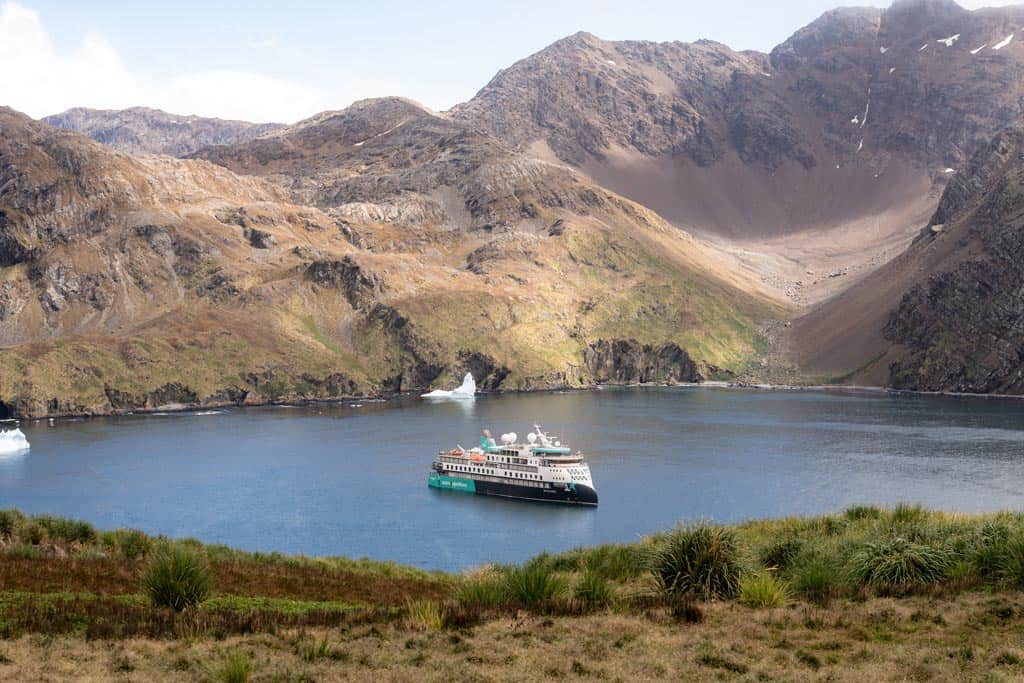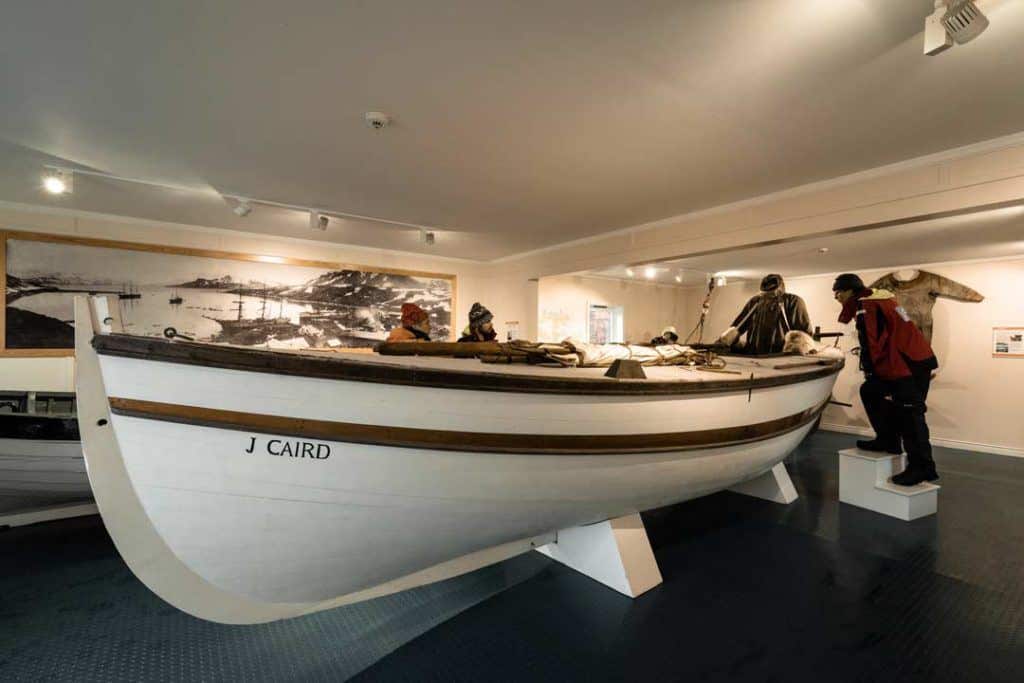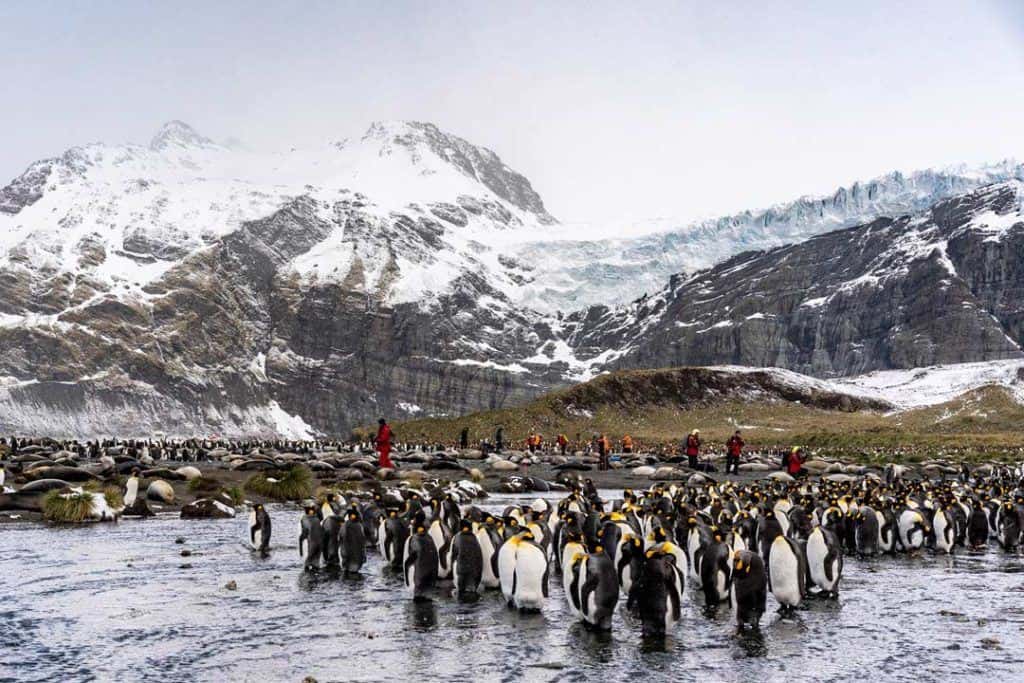
I love walking tours. Long time readers know I always recommend doing them first thing when you’re in a city. It doesn’t matter the type you do. Food, history, art – whatever! Just do something. They’re an incredible way to learn about a destination, get your bearings, and talk to a local about life in the city. (Plus, you can ask your local guidefor tips on restaurants, attractions, or how to navigate the city! Win-win!)
I’ve been taking walking tours since my first backpacking trip in 2006 when I joined a hostel’s free walking tour around Prague. I was hooked and, over the years, I’ve taken hundreds upon hundreds of tours run by dozens upon dozens of companies. There are tons of walking tour companies out there, but one of my favorites is Context Travel.
Context was founded in 2003 and I’ve been using and recommending them since 2010 when I first stumbled across one of their tours in Rome. I walked with an art historian around the Vatican, where I not only learned about the Vatican itself, but the stories behind the art. Since then, I’ve done countless tours with them.
What has always set Context apart is that rather than use regular people trained as guides, they use experts (those with MA- or PhD-level degrees!) in their fields to lead you around. This way, you get someone who really knows w hat they are talking about. You get someone who can share the little details that only an expert in their field would know.
During a recent trip to Paris, I did Context’s Paris WWII History Tour. Now, I know a lot about Paris. I’ve been visiting for 15 years, lived there for a short period, have probably done over 50 tours there, and have read so many books on the city that I sometimes feel like I’m studying for a degree in Paris history.
But my interest in the city is primarily based around the 1920s (I love the Jazz Age!) and medieval times. I don’t know a lot about World War II Paris. Sure, I know some things from my general studies, but I don’t know a lot of specific knowledge, so I was excited to take this tour to learn about an important time period in recent Paris history.
The tour takes you from St. Germain through the Luxembourg Gardens over to the Latin Quarter then up to Marias before ending at the Hotel de Ville. It chronicles the start of the Nazi occupation, daily life during this time, the resistance movement, what happened to the Jews, and, finally, liberation. (It lasts about three hours.)
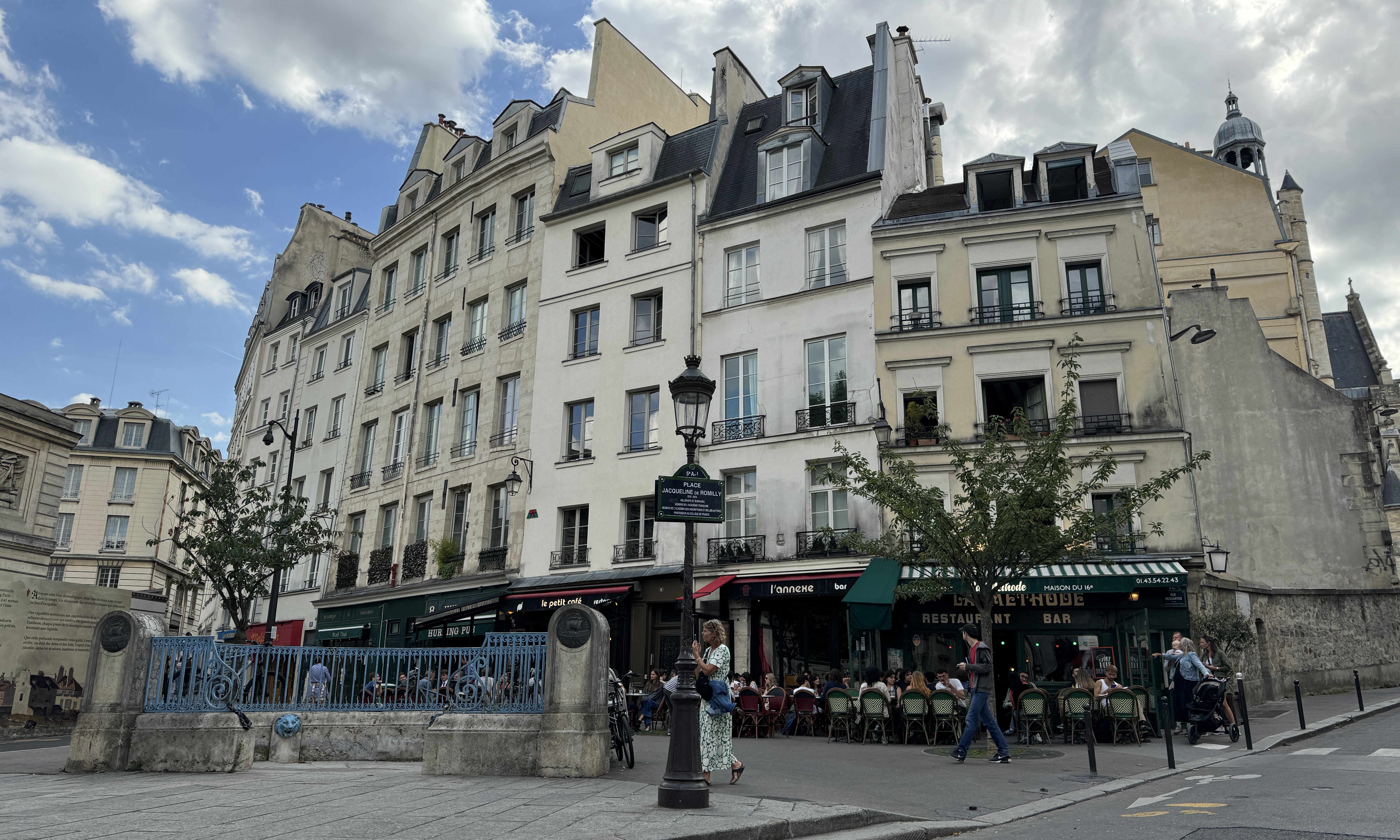
As I mentioned before, what makes Context Travel so special are the expert guides and my guide, Gil, was no exception. He’d been in France for close to twenty years, has a degree in politics and literature, and had been a guide for over a decade. (Note: There’s a couple of guides that run this tour, and they are all experts.) He knew all sorts of arcane details and brought an iPad filled with photos and first hand material.
We began in St. Germain discussing how the Germans entered Paris so quickly and how, in the beginning, life remained relatively the same as they set up power. Local Parisians sort of continued their day-to-day life (albeit with restrictions). Since France fell so quickly, the fighting never got to Paris so the city was never damaged.
As we walked, we stopped at buildings that were used during the war (the current Mandarin Oriental hotel used to be the Gestapo headquarters…creepy), and discussed how eventually the resistance formed and operated in the city. The tour moves forward in time as you walk, and Gil talked about collaborators, the eventual removal of Jews, and how larger French army wins in Africa led to crackdowns in the city. Finally, we got to the Hotel de Ville (city hall) and the grand finale as Parisians and Resistance fighters liberated the city from Nazi rule in August 1944. The pictures of people and first hand documents he had really helped paint the picture of life and resistance in WW2 Paris. I walked away feeling like I learned a lot.
And that’s why I Context Travel. You really get minute details and facts and a deep dive. There are tons of walking tour companies out there – and I recommend a wide variety – but Context has always stood out for the quality of their tour leaders. You aren’t getting a guide trained in a script, but someone with deep subject matter knowledge. One of my favorite tours was walking down NYC’s famed 42nd street with an award-winning architect. From architects to historians to artists to chefs, the guides here are trained experts and that’s pretty rare.
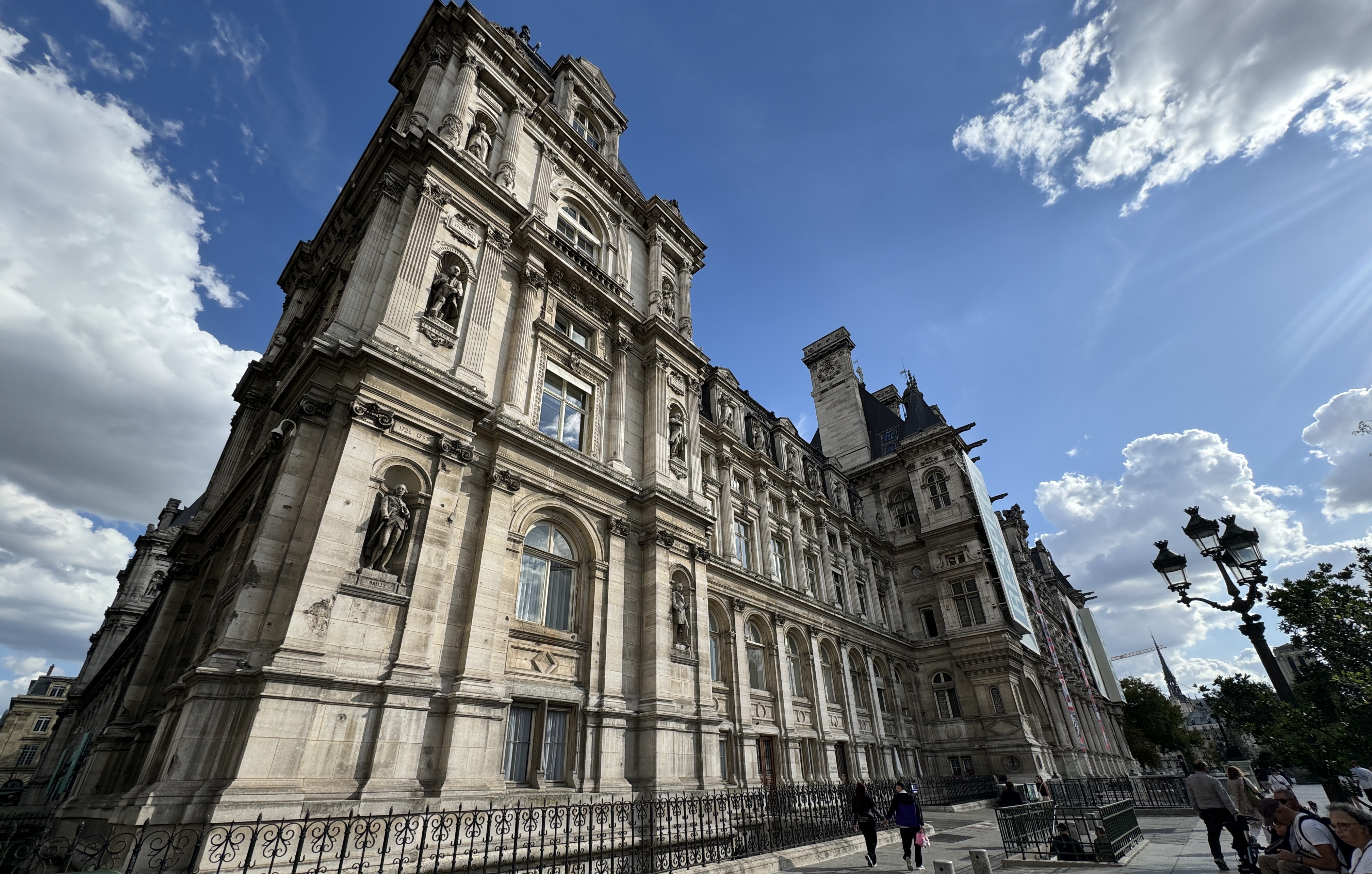
Context is great for travelers who want a real deep dive into a subject or place. Whether you are doing a tour of the Louvre or a walking neighborhood tour like this, you’ll get a level of detail not found in other tours. After all, with tours lasting up to 3 hours, there’s a lot of information covered. Plus, they also have full-day and half-day tours you can take as well as day trips outside Paris.
It had been awhile since I’d done one of their tours and I’m super glad that the quality that I fell in love with is still there. Context primarily runs private tours, meaning they are perfect for a group of people or families looking for a private tour, but they also have a number of tours where you can join existing groups. And, if you just want to do your own thing, they have a ton of audio tours to choose from too. They operate in 70+ cities and cover everything from all the famous places you want to see to unique off-the-beaten-path places.
I’ve loved them since I started using them and, in the last couple of years, they have expanded a lot so I want to re-highlight Context Travel as a company to use on your next trip. Definitely consider them for your next trip.
Get Your In-Depth Budget Guide to Paris!

For more in-depth information, check out my guidebook to Paris written for budget travelers like you! It cuts out the fluff found in other guides and gets straight to the practical information you need to travel around Paris. You’ll find suggested itineraries, budgets, ways to save money, on- and off-the-beaten-path things to see and do, non-touristy restaurants, markets, bars, transportation and safety tips, and much more! Click here to learn more and get your copy today!
Plan your trip to Europe like a pro
Get all my best Europe travel tips as well as free planning guides sent straight to you and see more of the country for less!
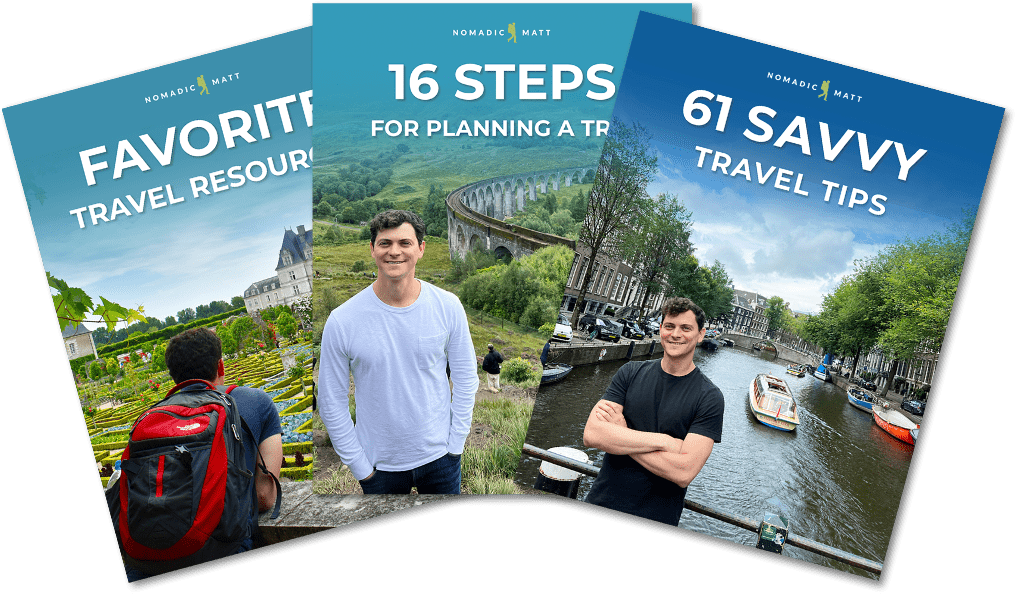
Book Your Trip to Paris: Logistical Tips and Tricks
Book Your Flight
Use Skyscanner. They are my favorite search engine because they search websites and airlines around the globe so you always know no stone is left unturned.
Book Your Accommodation
You can book your hostel with Hostelworld as they have the biggest inventory and best deals. If you want to stay somewhere other than a hostel, use Booking.com as they consistently return the cheapest rates for guesthouses and cheap hotels.
For suggested hostels, here is a list of my favorite hostels in Paris.
If you prefer to stay in a hotel, these are my favorite hotels.
And if you’re wondering what part of town to stay in, here’s my neighborhood breakdown of Paris!
Don’t Forget Travel Insurance
Travel insurance will protect you against illness, injury, theft, and cancellations. It’s comprehensive protection in case anything goes wrong. I never go on a trip without it as I’ve had to use it many times in the past. My favorite companies that offer the best service and value are:
Looking for the Best Companies to Save Money With?
Check out my resource page for the best companies to use when you travel. I list all the ones I use to save money when I’m on the road. They will save you money when you travel too.
Want More Information on Paris?
Be sure to visit my robust destination guide to Paris for even more blogging tips!

